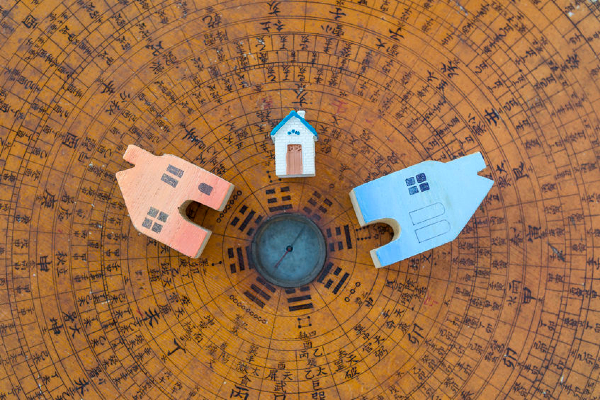Welcome back, Feng Shui enthusiasts! Today, we’re diving deep into the fascinating world of Feng Shui once again. In our previous discussions, we’ve touched on the transformative power of Feng Shui and its ability to harmonize our spaces and lives.
Today, let’s explore two prominent schools of Feng Shui: the Traditional Compass School and the modern Tibetan Black Hat School. What sets them apart and which one might resonate with you? Let’s find out!
Traditional Compass School: Delving into the Depths
Feng Shui Compass Luo Pan The Traditional Compass School, rooted in ancient Chinese wisdom, offers a profound and multilayered approach to Feng Shui. It delves into complex principles and methodologies, requiring a deeper understanding and commitment from practitioners.
This school considers the orientation of spaces based on compass directions, utilizing the Bagua map to identify different areas of life within a space. It also incorporates advanced techniques like Flying Stars Feng Shui, which tracks the movement of energies over time to predict outcomes in various aspects of life. While Traditional Feng Shui may require more time and effort to master, its comprehensive nature offers long-term benefits and a deeper connection to the practice.
Feng Shui Bagua (Lo Shu Square)
Tibetan Black Hat School: Simplifying the Path
On the other end of the spectrum, we have the Tibetan Black Hat School, a more modern and simplified interpretation of Traditional Feng Shui principles.
This school is known for its accessibility and immediate results, making it a popular choice for beginners and those seeking quick solutions.
The Tibetan Black Hat School focuses on the orientation of spaces based on the front door, using a simplified version of the Bagua map to identify key areas of life. While it may lack the depth and complexity of Traditional Feng Shui, Black Hat offers a practical and straightforward approach that can bring about noticeable changes in a space.
Choosing the Right Path for You
Feng Shui Traditional Compass Bagua Application So, how do you choose between these two different applications of Feng Shui?
It ultimately comes down to your goals, preferences, and commitment level.
If you’re drawn to the depth and complexity of traditional practices and are willing to invest time and effort into learning, the Traditional Feng Shui may be the right fit for you. On the other hand, if you prefer a simpler and more immediate approach that delivers quick results, the Black Hat could be more suitable.
I would always advise consulting a qualified Feng Shui professional when implementing Traditional Feng Shui, as there are many factors and interconnecting layers to consider.
Combining the Best of Both Worlds
Some argue that Traditional and Black Hat approaches cannot be combined. Personally, I LOVE combining both Traditional and Black Hat Feng Shui principles in my consultations! I love the immediate results from applying Black Hat and the long-term results from applying Traditional principles.
In saying that, a strong, in-depth knowledge of both approaches is required to implement both and navigate any Elemental conflicts that occur.
Combining the two is possible and can provide a comprehensive approach…when done correctly. It is essential to understand the principles and methodologies of each school to effectively combine them.
Whether you choose the traditional path or opt for a more modern approach, the key is to find a practice that resonates with you and enhances your living space.
Conclusion: Embracing the Journey
As we’ve explored Traditional and the Black Hat, we’ve gained a deeper understanding of the rich tapestry of Feng Shui. Whether you’re drawn to the depth and complexity of traditional practices or the simplicity and immediacy of modern interpretations, the beauty of Feng Shui lies in its ability to transform our spaces and lives. So, embrace the journey, explore the possibilities and let the energy flow!
